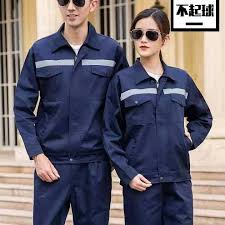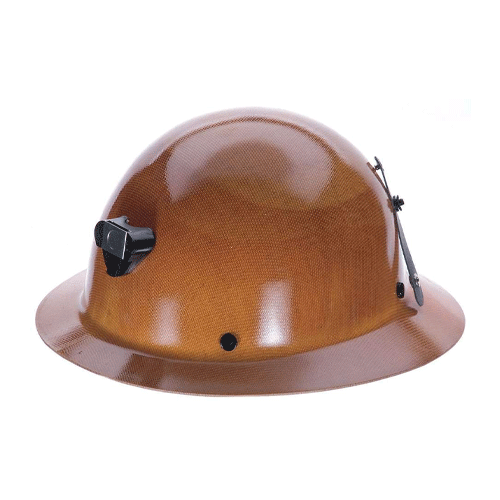worker safety helmet
Ensuring workplace safety is not just a regulatory requirement; it is a moral obligation that every employer must undertake to protect their workers. A critical component of this safety protocol is the worker safety helmet. This article aims to explore the facets of safety helmets, drawing on real-world experiences, professional insights, authoritative guidelines, and trustworthy innovations that set the benchmark for protective headgear in industrial scenarios.

Anecdotal evidence from construction sites and industrial operations consistently highlight the crucial role of safety helmets in preventing severe head injuries. For instance, John, a seasoned construction manager with over two decades of experience, recalls a near-miss incident where a falling metal beam struck a worker's helmet. The helmet absorbed the impact, preventing a potentially fatal injury. Such anecdotes reinforce the necessity of choosing high-quality helmets that comply with safety standards.
From a professional standpoint, it’s imperative to understand the dynamics of safety helmet technology. Modern helmets are engineered with materials such as high-density polyethylene and polycarbonate to offer superior impact resistance while maintaining lightweight properties for user comfort. Moreover, some helmets come equipped with suspension systems and adjustable fittings, which are crucial in optimizing the distribution of force during an impact. This highlights the importance of expertise in selecting helmets that align with specific workplace hazards.

Authoritative bodies such as the Occupational Safety and Health Administration (OSHA) and the European Standards (EN) play a pivotal role in establishing helmet safety benchmarks. OSHA requires helmets to meet the ANSI Z89.1 standards in the United States, which categorize helmets based on type and class, addressing specific hazards like electrical insulation and lateral impact protection. European standards similarly categorize helmets under the EN 397 specification, ensuring robustness against mechanical risks. Adherence to these authoritative guidelines is non-negotiable for any reputable safety helmet manufacturer, as it directly impacts the protective efficacy of their products.
worker safety helmet
Trust in safety helmets is established through rigorous testing and certification processes. Leading manufacturers often subject their helmets to third-party testing agencies to verify compliance with safety standards. Certifications from respected organizations, such as the National Institute for Occupational Safety and Health (NIOSH) or the Safety Equipment Institute (SEI), serve as trustworthy assurances of quality and performance. Additionally, ensuring a reliable supply chain and transparent manufacturing processes further bolsters consumer confidence in these safety products.
The future of worker safety helmets continues to evolve with technological advancements and innovative designs. Smart helmets, for example, are integrating sensors that monitor environmental conditions, detect falls, and alert emergency services in the event of an accident. These innovations not only enhance safety but also elevate the functionality of helmets, turning them into critical tools for workplace safety management.
Selecting the right worker safety helmet involves a balanced consideration of personal experiences, professional assessments, authoritative compliance, and trust in the brand's commitment to safety standards. Employers and health and safety officers must prioritize helmets that reflect these essential qualities to ensure the utmost protection for their workforce. Investing in superior head protection is an investment in the well-being of human capital, which undeniably translates into reduced workplace accidents and enhanced operational efficiency.
In conclusion, the worker safety helmet stands as a testament to human ingenuity and an unwavering commitment to preserving life in hazardous environments. As industries advance, so too must the standards and technologies that protect their most valuable asset their people. It is incumbent upon all stakeholders to remain vigilant and informed about the developments in helmet safety to uphold the highest standards of worker protection.
-
Affordable Safety Helmet Racks OEM Custom Solutions & Bulk Orders China
NewsApr.29,2025
-
Industrial Safety Helmets in Delhi Durable & ISI Certified Helmets
NewsApr.29,2025
-
Cheap ANSI Type II/EN12492 Safety Helmets - Lightweight & OSHA Compliant
NewsApr.28,2025
-
Baby Safety Helmets Must-Have Protection with Cheap & OEM Options China
NewsApr.28,2025
-
South Park Safety Helmets Cheap OEM & China Manufacturer
NewsApr.28,2025
-
Safety Clothing Stores in Durban Durable & Affordable PPE Gear
NewsApr.28,2025
